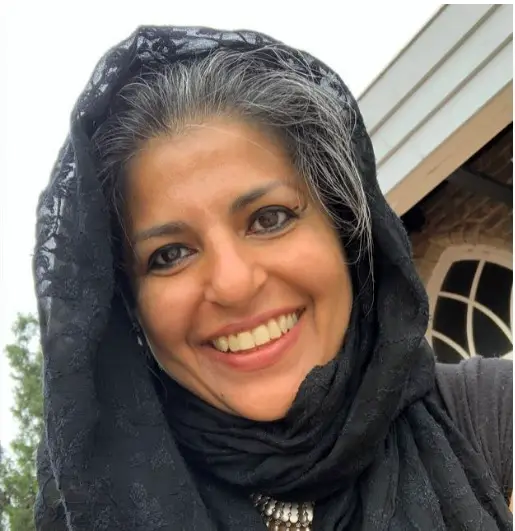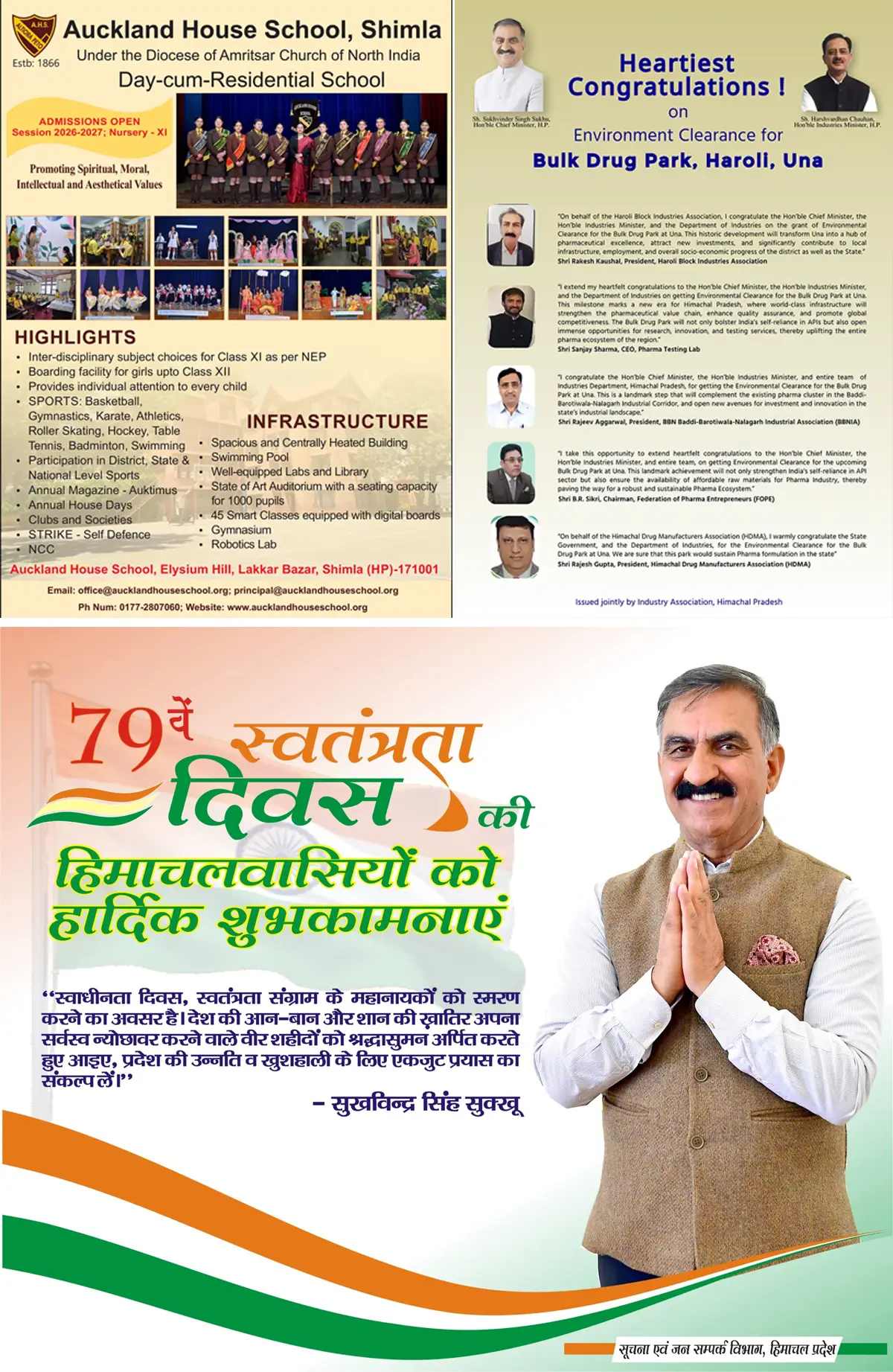The Art of Communication
7 min read
I subscribe to both ideas, but I love the phrase “the art of communication” because, in my opinion, communication is an art. Communication is about having a pristine, clean, blank white canvas upon which one draws intentionally, using imaginings and visuals, lines, signs, and symbols, either in black and white or the wonderful colours of our emotions. People can paint their conversations with vibrant hues or with softer summer pastels, and dark, heavily polluted tints. They can highlight areas, leave others alone or add a contrast here and there. Through conversation, we can build the picture we want, over and above the simple meaning of the words we use.
Verbal Communication
- Words and Vocabulary
- Elegance and Variety
The best of speakers and writers have a great vocabulary and use a variety of words with different nuances to express themselves. They avoid the use of current slang; tempting though it may be, it is actually an impoverishment of language than an aid. They maximise the use of words that inspire, create positive emotions and build peoples and nations up. They use words that are full of vibrancy, joy, optimism, strength, growth, expansion… ensuring that a lot of people will understand them, not only the educated elite.
- Enunciation
Enunciation is considered very important in the chanting of mantras from the ancient scriptures. For people to understand us, it is important to speak clearly without eating our words. Clear enunciation adds impact and can be practised to find the right balance without sounding false and pretentious.
- Tonality, Pitch, Tempo, Pace and Volume
Words are important and just as important or perhaps even more so is the tone and pitch of your voice. How you say, what you say makes a huge difference. We have receptors that pick up pitch and tone intuitively, despite the meaning of what someone says.
What tone are you using?
Along with the words and the tone, think about the tempo and pace. The speed with which your words flow out communicates a lot. A fast and almost breathless pace communicates excitement, nervousness, passion; a slow pace instead communicates thoughtfulness, depth or even a position of authority.
Even volume can be used effectively. Good orators draw and influence their audiences by raising and dropping their voice like a wave: from loud, steady and uniform to then almost a near whisper, making people lean into their presence to hear the words. The audience often doesn’t even realise what is going on as it churns their emotions.
- Emotion
- Humour and Irony
This is a key element in any communication. It immediately puts people at ease, slices through any tension that may build up, creates rapport and a sense of camaraderie. Even in the most serious of board rooms, injecting some humour can be powerful. Most people adore those who can make them laugh and laughing at oneself is a sure sign of intelligence.
- Vulnerability
Nonverbal Communication
Besides the words, the tone, tempo, pitch volume etc, your body language, including your breathing patterns, communicate a lot more. Try looking at yourself in the mirror while you’re having a conversation with someone. How do you communicate nonverbally?
Nonverbal communication can support or detract from what you’re saying verbally.
- Your Hands
A lot of cultures utilise hand gestures to support their verbal communication: the Italians are famous for it. Like them, you can use your hands to communicate. Beautiful, flowing, expressive gestures add life to your communication. Here again, finding the balance is key. You really don’t want to seem like a crazy person with an uncoordinated body that refuses to obey! Watch what you do with your body and especially with your hands. Keeping your hands by your side gives an impression of being stuffy, stiff and even uncomfortable.
- Your Arms
I once noticed a sales manager ticking off a new sales assistant while I was in a shop looking at some gorgeous textiles. “Open your arms,” he said, “let the customer see you are available and ready to help.” That admonition has stuck with me through the years and I try to remind myself to keep my body posture open. People often don’t even realize how they are using their body. Folded arms imply closure, protectiveness and defensiveness. We are closing ourselves off to what the other person is trying to communicate, literally not hearing what is being said.
Open arms communicate openness and a willingness to listen, trust, understand and negotiate. Arms folded across the chest communicate closure, fear, mistrust, resistance and opposition.
- Your Eyes
Eyes are often called ‘the windows to the soul’ and can be a powerful tool in communication. We can express a lot just through the eyes without having to speak a word, which is even more apparent in intimate relationships. The eyes speak volumes and can be very expressive.
Have you ever spoken with someone who is constantly looking around? The expression ‘shifty eyes’ comes to mind. Often this shows distraction, mistrust, a lack of interest or wanting to be somewhere else. Train yourself to look at people while you’re speaking to them without making them feel like a butterfly pinned to a board. Be present and attentive, communicate with your eyes you’re interested in them and what they have to say.
- Position on a stage
When you’re communicating, especially from a podium or stage or when you are making a presentation, your speaking position, whether you are standing or sitting behind a lectern, or walking across the stage with a projection behind you, can communicate a lot.
Sitting communicates casualness, intimacy, closeness, trust and command. Walking communicates mastery and expertise, it can show passion and energy. Standing in the middle can indicate control of the stage or the more usual standing to one side to allow for a more effective audio-visual presentation.
Variety and balance
In all these concepts, we need to add variety and find the right balance so that our communication becomes beautiful flowing poetry pulling at the heartstrings or splendid visual imagery that delights the soul. Try to reflect on what catches your attention when you’re listening to others.
How do you react to someone delivers a dry, boring lecture in a monotone voice? How do you react to someone who has a rich and enticing way of communicating? Do you find yourself at ease with people who speak predominantly slang with a limited vocabulary or are you drawn to those who are more expansive and varied in their communications?






